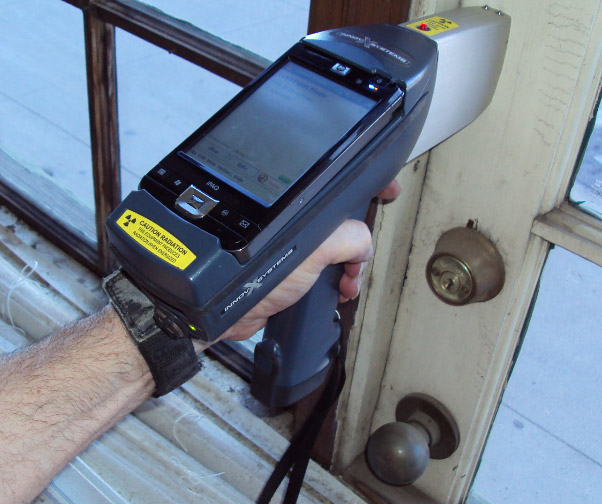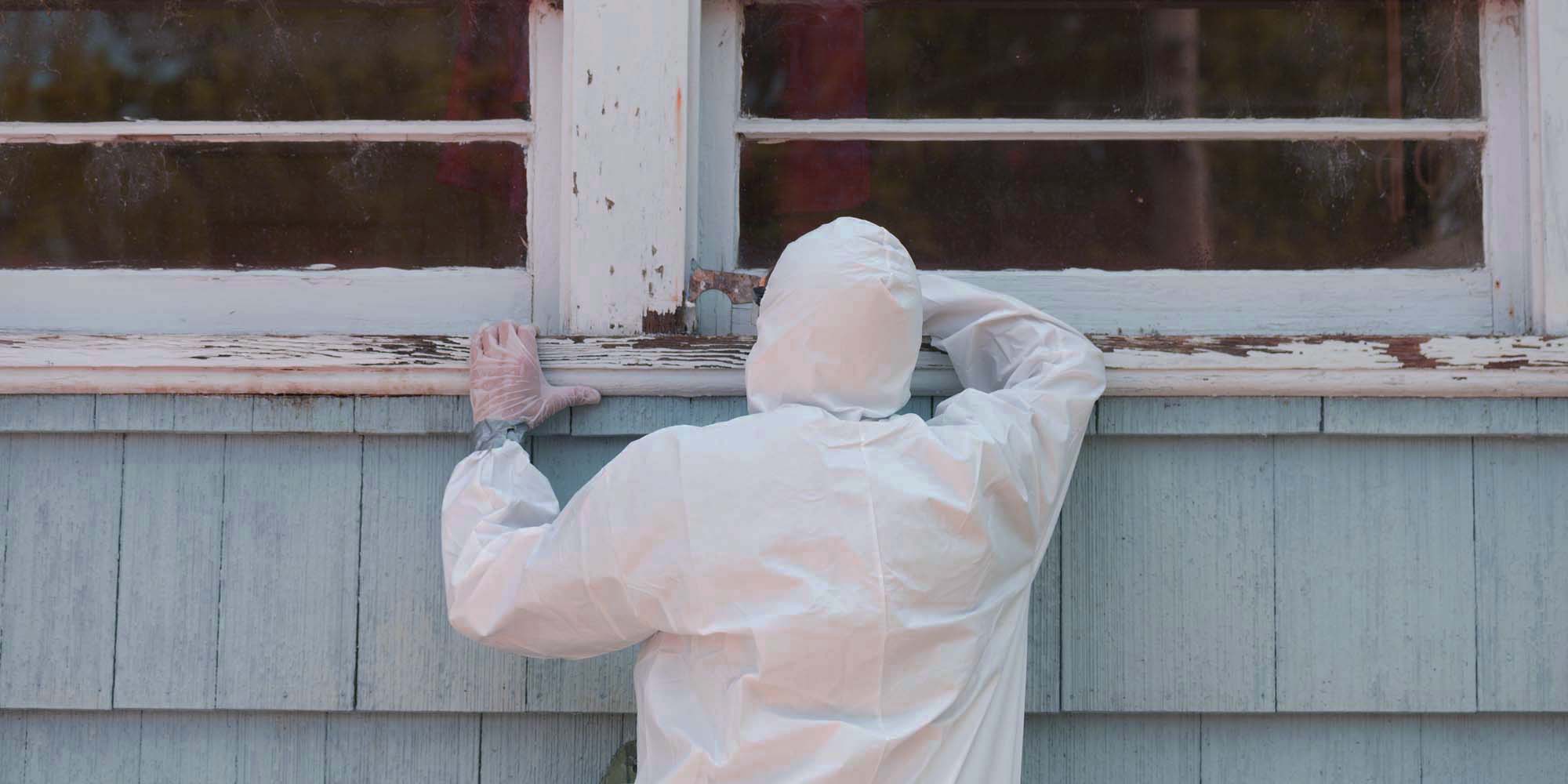Comprehensive Overview on Effective Lead Offense Elimination Methods
In the world of environmental safety, resolving lead infractions demands a meticulous and organized technique. This extensive overview begins by highlighting the crucial first steps of identifying lead risks via sophisticated assessment and screening methods. The overview elaborates on the value of adhering to stringent safety and security procedures throughout the removal procedure, including the usage of proper PPE and isolating influenced locations.
Identifying Lead Dangers
Identifying lead threats is a crucial first action in alleviating the risks linked with lead exposure. Lead, a hazardous metal, can be present in numerous ecological tools, including paint, soil, water, and dust.
The initial phase in recognizing lead threats entails understanding common lead sources within the developed setting. Frameworks developed before 1978 are particularly vulnerable as a result of the widespread usage of lead-based paint throughout that period. In addition, dirt contamination can take place from degrading exterior paint, commercial emissions, or historical usage of leaded gas.
An additional substantial source is lead piping and pipes components, which can leach lead right into drinking water. Consumer goods such as toys, ceramics, and imported products might additionally have unsafe lead levels. Notably, occupational environments and hobbies including lead can track contaminants into homes.
Analysis and Screening
When dealing with lead dangers, efficient evaluation and testing are vital. Preliminary evaluation commonly involves an aesthetic inspection to recognize prospective lead sources, such as deteriorating paint or contaminated dirt.

Dust clean tasting is an additional vital method, specifically in household setups. By accumulating samples from floorings, windowsills, and various other surface areas, this method gives insights right into potential exposure threats. Soil screening around structure borders is vital to discover lead contamination that could posture risks, specifically to kids.
Safe Elimination Procedures
Upon completing detailed assessment and testing, implementing secure elimination treatments is the following vital phase in addressing lead dangers. This procedure guarantees that lead-contaminated materials are successfully and safely eliminated, lessening danger to both workers and homeowners. The initial step includes isolating the afflicted area making use of why not try this out plastic sheet and appropriate securing techniques to stop the spread of lead dirt.
Workers have to don ideal individual protective equipment (PPE), including respirators, handwear covers, and non reusable coveralls, to minimize exposure. Employing specialized devices and damp methods, such as wet fining sand or using HEPA-filtered vacuum cleaners, lowers the diffusion of lead particles. It is crucial to prevent completely dry fining sand or abrasive blowing up, as these techniques can produce hazardous lead dust.
Garbage disposal is another essential component; all contaminated materials must be safely nabbed and identified according to EPA and regional guidelines. Furthermore, complete check this cleansing of the workplace with HEPA vacuums and wet cleaning makes sure the elimination of recurring lead particles.
Post-Removal Verification

Confirmation of successful lead removal, referred to as post-removal verification, is vital to guarantee the safety and security and habitability of the remediated area. This process entails a collection of thorough analyses and examinations made to identify any recurring lead particles that might position health and wellness threats. The preliminary action generally consists of a visual inspection to analyze the completion and high quality of the removal work. This evaluation ensures that all recognized sources of lead have been attended to and that no visible signs of contamination continue to be.
Complying with the aesthetic inspection, environmental sampling is performed. This involves collecting dirt, soil, and sometimes water samples from the remediated location. Accredited labs assess these examples to gauge lead levels, guaranteeing they drop below the security thresholds established by governing bodies such as the Environmental Defense Firm (EPA)
On Get More Information top of that, air high quality screening may be done to identify airborne lead fragments, specifically in instances where substantial lead-based paint elimination or improvement has actually occurred. The results of these examinations provide measurable data validating that the lead levels are within allowable limitations.
Ultimately, post-removal verification acts as an essential checkpoint, verifying the performance of the lead abatement efforts and guarding the health of owners and site visitors.
Safety Nets and Upkeep

A vital safety net includes making use of lead-safe certified specialists for any remodelling, repair work, or paint activities. These professionals are educated in techniques that reduce lead dust and debris. Furthermore, preserving painted surfaces to prevent chipping or peeling is necessary, as weakening paint can launch lead particles right into the environment.
Educational initiatives targeting home owners and renters pertaining to the threats of lead and the significance of reporting any kind of potential hazards can further boost preventive initiatives. Routine cleaning making use of HEPA vacuums and wet wiping techniques can substantially decrease lead dust build-up.
Verdict
In recap, reliable lead infraction elimination demands a careful method incorporating detailed evaluation, specific screening, and rigorous elimination procedures. Continuous examinations and maintenance are necessary to mitigate future lead threats, thereby guarding public health and making sure sustained compliance with regulatory requirements.